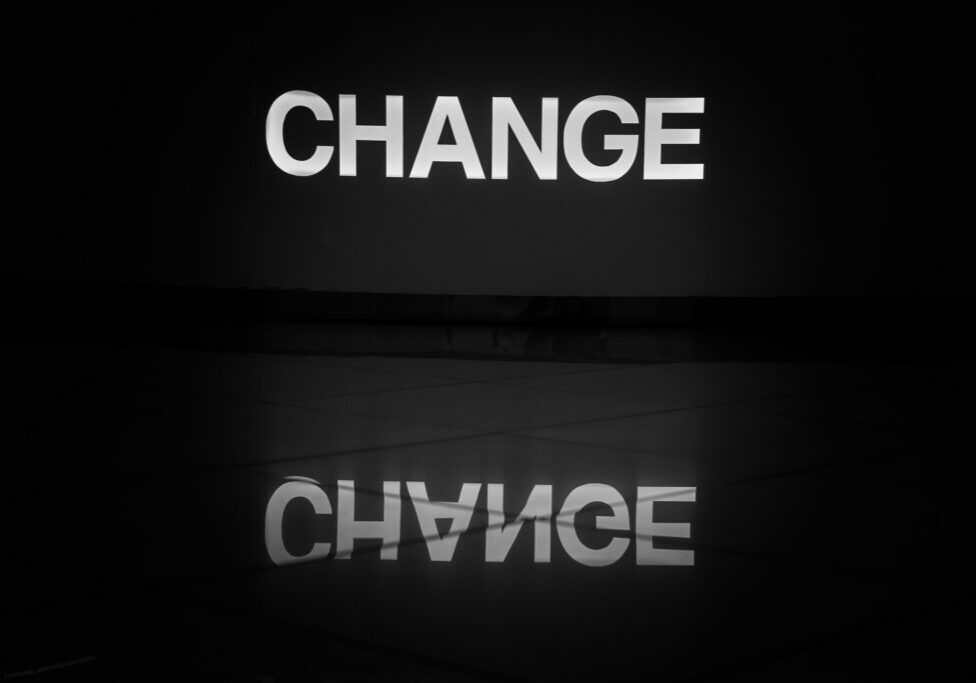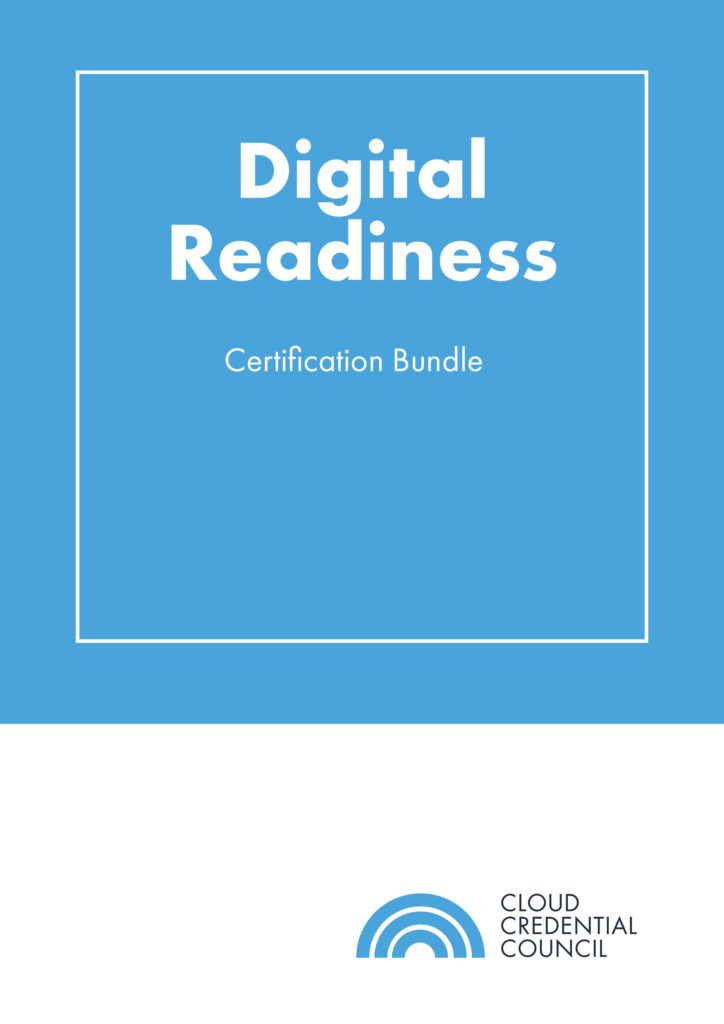Environmental Sustainability Considerations In Digital Transformations

Paulo Guimarães

There was a time when innovations in technology and protecting our environment were almost considered to be mutually exclusive. These days, environmental responsibility is taken seriously. In 2020, we now understand that not only digital transformation doesn’t have to be harmful to the environment but also, that the opposite can be the case. Here’s why:
Technologies including Artificial Intelligence, Big Data, Blockchain, Cloud, and IoT all have the potential to actively help businesses to achieve their sustainability goals; something which is increasingly important not just for our planet but, also, to stay on the right side of government guidelines. One of the most significant elements of digital transformation is, of course, automation. Automated machinery and processes help to speed up a company’s production whilst cutting down on issues caused by human error. These processes also help businesses to reduce their CO2 emissions as they reduce paperwork, product recalls and the need for excessive transportation which can add to a company’s carbon footprint. In a similar vein, digital transformation can be used to create supply chain systems that increase efficiency and eliminate energy waste caused by transportation, for example, trucks idling while waiting to be loaded.
Going Green
Unfortunately, that is still a great number of organizations operating in the ‘dark ages’ when it comes to technology – and are seriously risking being left behind by doing so. While digital transformation is often vital for a business’s future, companies these days do have a moral responsibility to keep one eye on environmental sustainability (not to mention, the very real penalties involved for missing sustainability deadlines). There are a few obvious ways in which businesses can ensure that their digital transformation plans are offset by green practices:
IoT Sensors – Implementing these into your digital transformation planning can help to cut down on energy waste as well as improving the customer experience. The retail giant, Walmart, uses these to great effect throughout its shopping experience. Within physical stores and warehouses, robot shelf scanners can also help to improve efficiency.
Resource Mobilization – This is the process of making the most out of your existing resources and replacing only when necessary in order to ease the strain on our environment. Often, you’ll find that improvements can be made by tweaking or recycling what you already have rather than starting from scratch.
Supply Chain Improvement – Implementing a digital transformation is an ideal time to make sure that your supply chain is working as efficiently as possible. Making small changes regarding the use of energy and transportation can have a significant impact on a business’s carbon footprint.
Smart Grids – Any businesses looking for an overhaul of its digital life should automatically be working on reducing the amount of power used by the company as a whole. Tools like smart grids can really help to show you where waste is happening and, therefore, help you to make savings.
Go Alternative – Countries like Denmark are actively encouraging businesses to use natural energy such as wind power and bioenergy by offering incentives for energy savings made. With so many of our natural resources at risk of depletion, looking into these alternatives is the right moral choice as well as making good financial sense.
Beware of Challenges
Of course, for every example of digital transformation and environmental sustainability working together, there are a few which simply, don’t work. One such example would be a supermarket chain (who will remain nameless, in the name of fairness). This particular company, instigated a digital transformation initiative for its home delivery service mobile app. Unfortunately, a glitch in the system meant that, consistently, one plastic bag was being used to pack just one item at a time. This was, of course, a major error at a time when single-use plastics had very publicly been singled out as one of the worst pollutants for our environment.
Whilst ‘Green IT’ is a relatively new concept, it’s one which will become much more prevalent as government power towards the 2050 zero-emissions deadline (see UK’s example). Businesses are progressively becoming obliged to report their individual carbon emissions around the world and, governments have already begun to ‘name and shame’ those who are coming at the bottom of the class. It is perfectly possible for companies to super-size their digital transformation whilst remaining mindful of our environment (Repsol is often given as a case example here). By reducing energy waste and streamlining processes, businesses can help the environment at the same time as improving customer satisfaction, increasing profits, and cutting down on wasted time. This is an all-round win that demands, at the very least, further examination by any organization seeking to start their digital transformation journey.
Courses to help you get
results with Digital Transformation
CCC Digital Readiness Certification Bundle
This bundle includes the following: Cloud Technology Associate Internet of Things Foundation Big Data Foundation Blockchain Foundation
Never miss an interesting article
Get our latest news, tutorials, guides, tips & deals delivered to your inbox.
Keep learning




